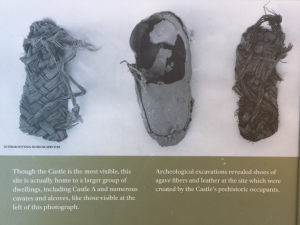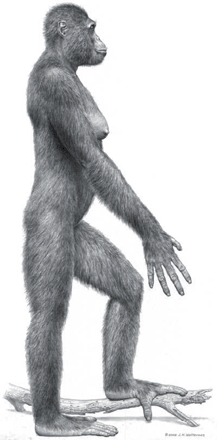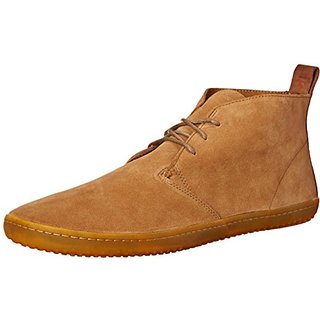
Our feet evolved over the last ~ 5 million years to not only perform the task of the rear feet of animals that walk on four legs but to also take on the tasks of the front feet, freeing these feet to become our hands. For almost the entire length of this five million-year stretch, our feet evolved to support and move us over uneven terrain. The invention of the wheel (~5K years ago) co-developed with the construction of level, hard-packed surfaces upon which it could operate efficiently. However, it was only by the mid-20th century that cement-covered flat surfaces became the daily reality for the vast majority of our feet, with opportunities for our feet to engage their innate capacity to respond to rough terrain disappearing nearly completely.
Cement:
Cement is an unyielding stone. It is so hard that up to its breaking point pressure exerted upon it is fully opposed and acting as a mirror, it efficiently reflects pressure (acoustic) energy. Our response to having to walk upon such a surface has been to wear shoes with a great deal of insulation and bold arch support, which isolates our feet from having to manage the reflected energy. In some ways, insulation is an effective solution, but as with many of our solutions, it causes other problems.
Foot Architecture:
The feet are complex assemblies of 26 bones, and 33 joints, with more than 100 muscles, tendons and ligaments, and 200,000+ nerves. When this complex assembly is insulated from its many tasks, its performance degrades. It will continue to degrade to a point where its capacity to adapt is limited to the demands of walking in an insulated shoe on cement (or more commonly never developing much capacity beyond this limited function). When the foot reaches this state, it is ripe for dysfunction, and we see the issues so common in our culture – plantar fasciitis, hammertoes, bunions, etc. However, these issues are much more insidious, as the foot is the foundation for our body, which cannot function more efficiently than the feet do in standing and walking, contributing to the neck, back, hip, knee, and myriad other somatic issues.
Feet are the hands of the Structural Core of our Bodies:
In the way that the forearm is better described as the forehand, the lower leg is better described as the forefoot. Whereas the upper leg stabilizes the torso over the leg, the lower leg powers and manipulates the foot.
Manual Therapy:
In my Manual Therapy sessions, any issue I work on, I do so about foot function. Foot function issues are difficult to resolve exclusively in a Manual Therapy setting, and exercises and training for the feet are essential for those of us restricted to a modern environment.
Paleo Footwear:
It is recommended to wear the most minimalist footwear that can be tolerated. This choice is influenced by the health of the feet, what you are walking on, and for how long. 6 hours in a museum is a radically different context than a hike on a dirt trail. We should spend as much energy selecting the footwear we use for an activity as we do for the clothes we select.


